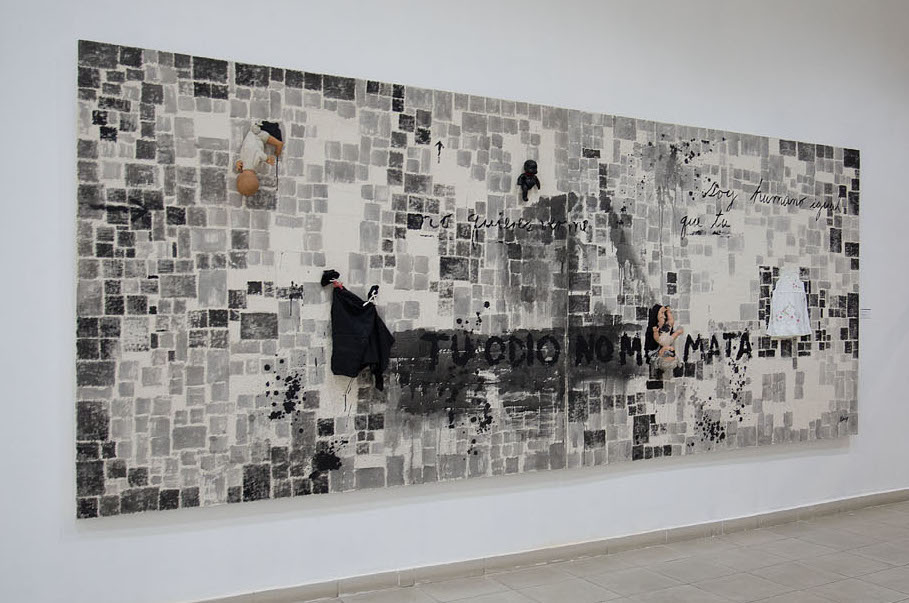Miami commission makes 'moral statement' against Cuban artists
Mayito Rivera
The crowd at the Studio 60 Nightclub in Miami-Dade County's Allapattah neighborhood loved Afro-Cuban singer Mario "Mayito" Rivera's performance so much they threw dollar bills at him.
Rivera, 53, and the members of the Los Van Van danced on the cash. It was a full house on the evening of Thursday, May 30, at the Latin nightclub at Northwest 36th Street and Northwest 23rd Avenue.
Miami commissioners want it to be the last time Cuban artists who have the support of the Cuban government can profit from performances in South Florida.
"It is a mockery what these Cuban artists are doing when they come here," said Miami Commissioner Manolo Reyes, who was born in Cuba.
Reyes and Miami Mayor Francis Suarez introduced a resolution urging the U.S. Congress to enact legislation to allow local governments to prohibit businesses from hiring Cuban artists who do business with the Cuban government. Commissioners voted to pass it on Thursday.
The commission wants the proposed ban to stay in place "until freedom of expression is restored for all Cubans and not just a few favored artists" -- including Rivera.
Read more:



